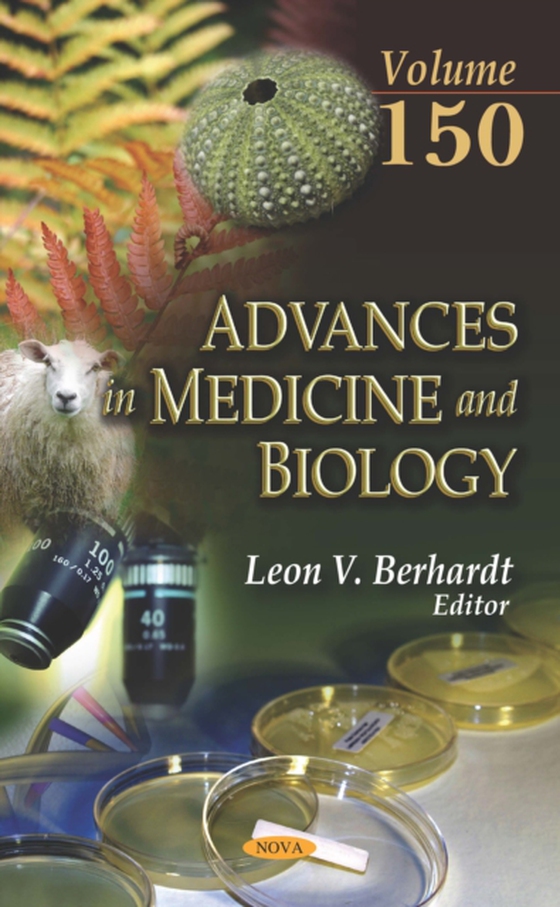
Advances in Medicine and Biology. Volume 150 e-bog
2921,57 DKK
(inkl. moms 3651,96 DKK)
Advances in Medicine and Biology. Volume 150 first discusses how the emergence of multidrug resistant gram-negative bacteria, along with the lack of development of new antibiotics, led the medical community to look to polymyxins for therapeutical uses in critically ill patients. Next, the authors go on to discuss lenalidomide, a chemical analog of thalidomide and a member of the group of immuno...
E-bog
2921,57 DKK
Forlag
Nova Medicine and Health
Udgivet
4 september 2019
Længde
250 sider
Genrer
Medicine: general issues
Sprog
English
Format
pdf
Beskyttelse
LCP
ISBN
9781536162240
Advances in Medicine and Biology. Volume 150 first discusses how the emergence of multidrug resistant gram-negative bacteria, along with the lack of development of new antibiotics, led the medical community to look to polymyxins for therapeutical uses in critically ill patients. Next, the authors go on to discuss lenalidomide, a chemical analog of thalidomide and a member of the group of immunomodulatory or cereblon-binding drugs. Lenalidomide has antineoplastic, antiproliferative, antiangiogenic, anti-inflammatory, pro-erythropoieic, and immunomodulatory properties. Lenalidomide binds to a specific hydrophobic pocket in the protein cereblon. This pocket is coded by the exons 10 and 11 on the C-end of cereblon gene. Cereblon interacts with the DNA damage-binding protein-1, cullin 4, and regulator of cullins 1 to form the E3 ubiquitin ligase complex. Lenalidomide also enhances the antitumor effect of chimeric antigen receptor modified T cells in murine models of aggressive B-cell non-Hodgkin lymphoma. Lenalidomide has also been studied in the treatment of cutaneous manifestations of systemic lupus erythematosus and neurodegenerative disorders connected with neuroinflammation, such as amyotrophic lateral sclerosis. Additionally, the authors to discuss the current evidence on the use of troponin as a prognostication biomarker in neonatal encephalopathy, as well as the importance of monitoring cardiac function after hypoxic ischaemic brain damage. The basic science and clinical significance of CD180-negative plasmablasts in various autoimmune and inflammatory diseases is reviewed. In systemic and organ-specific autoimmune diseases, CD180-negative plasmablasts play crucial roles and are useful as a disease marker. Because CD180 has a complex function, the mechanism of the increase of CD180 negative B cells may be different in each disease. In closing, the concept of intensive care rehabilitation was developed with the Federal Rehabilitation Council BAR. Both early rehabilitation for neurological and neurosurgical patients and intensive care rehabilitation for patients with other critical illnesses are detailed.
 Dansk
Dansk

